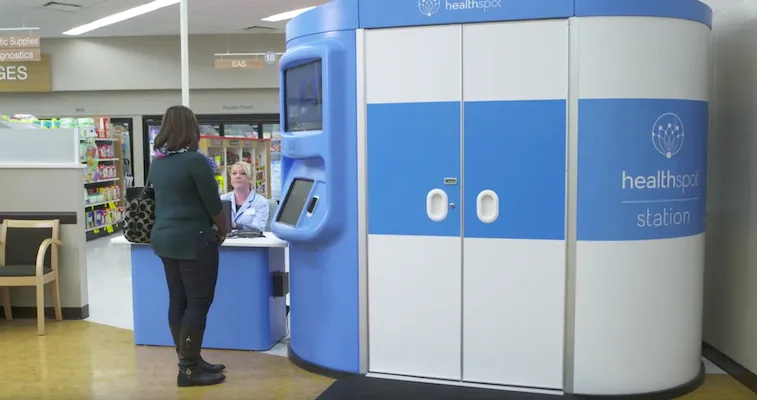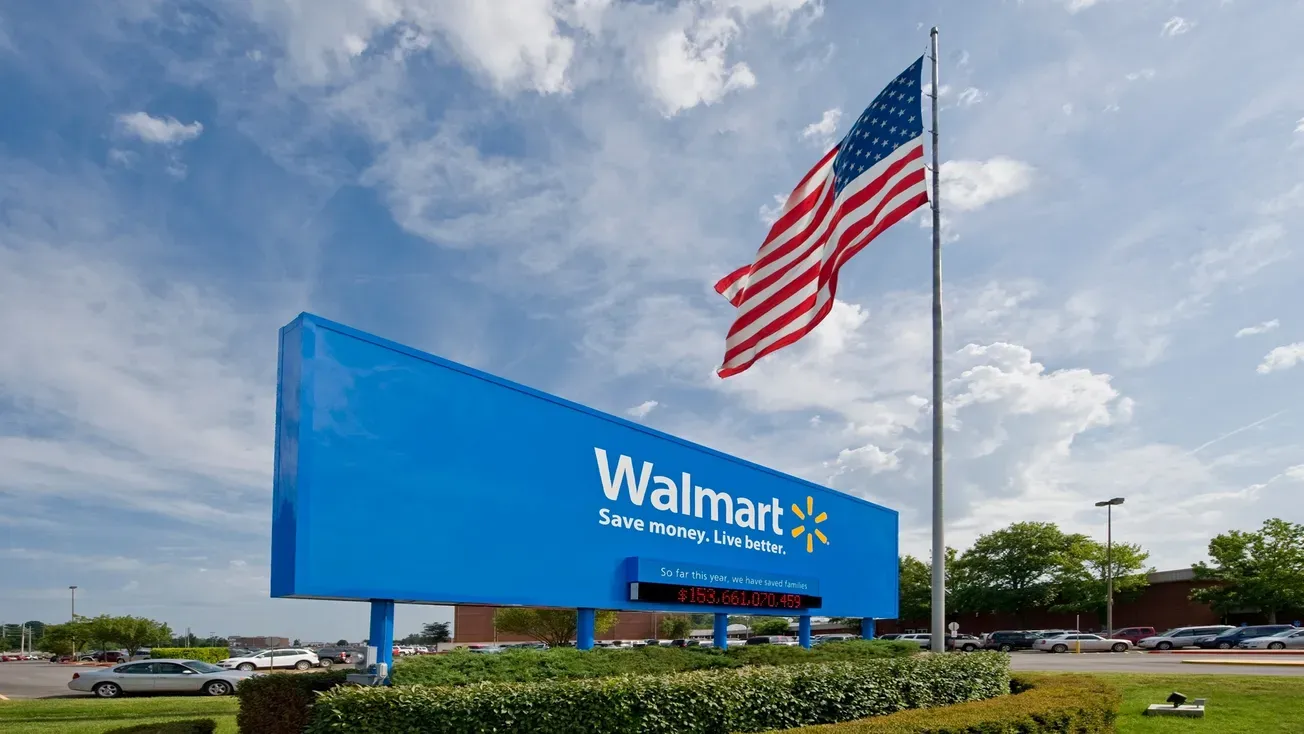What if … in 2025 a 76-year-old Alzheimer’s patient, along with a family member, arrives at his local retail chain to test a newly launched augmented reality headset designed specifically for patients with cognitive disorders?
Venkat Rajan, Frost & Sullivan
The retailer helps with the fitting and initial customization of device parameters to suit the user’s needs. The headset will aid in completing the patient’s daily activities, and it is tied to a service that allows him to virtually access a community health specialist when needed. In its field of vision the headset provides prompts for scheduled activities, facial recognition, directions around his community and a host of other forms of guided support. The independence enabled by the device/service platform reduces the burden by which he is dependent on others to perform even the most routine tasks.
The ability to merge the consumer buying experience of high-end wearable technologies with specific health management services puts retailers in an ideal position to serve as the primary means for patients to access innovative health care technologies.
Where is retail health care headed?
It is no secret that major retailers see expansion of health care service lines as a critical component of their long-term corporate strategy. Accordingly, they make major investments in technology and infrastructure. Two recent examples are Walgreens’ announced collaboration with MDLive to provide 24-hour virtual physician access, and CVS Health’s high-profile acquisition of Target Corp.’s pharmacy and clinic business.
The three pillars of modernizing the U.S. health care system are ease of access, reduced cost and improved outcomes.
With an aggregate footprint of nearly 26,000 stores nationwide, major retailers (Walgreens, Rite Aid Corp., CVS/pharmacy, Walmart and Target) are well poised to deliver on ease of access. Similarly, with announced primary care services at a fraction of the cost of private care facilities, retailers have already made their mark when it comes to reduced cost. The real question remains how the quality of care, user experience and the impact on outcomes will compare with those of more traditional clinical care providers. Is there a way for retailers to provide a differentiated value type that is not feasible from traditional care providers?
Over the coming months retailers will launch a number of care initiatives and pilot programs and, in all likelihood, it will not be until another two or three years before they have a more concrete framework for the specifics of their care service programs. Accordingly, rather than speculating about short-term maneuvers, our team postulated some long-term-use scenarios, like the Alzheimer’s patient outlined above, for retail health care within the next decade. These examples are intended to showcase what could occur by 2025, and describe the sort of logistical challenges (technological, regulatory, cost) there could be to executing these idealized retail health care scenarios.
Automated kiosks
A 65-year-old male with diabetes who has high blood pressure walks into his corner retail pharmacy. Where there was once a couple of machines for reading blood pressure and heart rate there is now a row of automated health kiosks, enclosed for personal privacy.
Operating on a monthly membership fee or pay-per-use model, these kiosks provide the patient an alternative to more routine doctor’s office visits. Since the kiosks allow for more frequent interim assessment of his chronic conditions, he is better able to react to a possible worsening of those disease states.
Capable of refilling prescriptions, running a number of diagnostic tests and even interfacing via the cloud with various home health devices and wearables, the kiosks help maintain and update the patient’s personal health information. In this instance, concerns over monthly trend data of his blood sugar enable him to schedule an in-person visit with the pharmacy’s on-site clinician. There, an assessment can be made on what possible changes are necessary to his medication or treatment regimen.
The AI will see you now
A direct contract from her employer with a national retail chain for non-acute care services allows a 30-year-old mother of two unique support resources when she has questions about her own or her family’s health. In this instance, an interactive AI (artificial intelligence) nurse built on a cognitive computing platform is capable of responding to many of the mother’s general questions.
Having access to the family’s patient records, the AI nurse is able to provide advice in the context of the family’s recent health history. In addition to qualitative patient responses, home diagnostic test kits as well as high-resolution photos can be input to augment the differential diagnosis process.
For questions in the middle of the night, the tool serves as the perfect bridge for obtaining some level of support ahead of an on-site visit, to be scheduled the following day.
While the investment to build and maintain such a robust AI platform is significant for a retail chain, the tool is a significant value differentiator from other independent and regional care facilities.
Health squad
As an extension of services tied to the installation of home theater and smart home technologies, many retailers have now built significant services tied to optimizing living conditions for elderly consumers. The concept of “aging in place” has taken a significant leap forward, now that a generation of patients has become completely resistant to the idea of assisted living facilities.
Through a combination of products compensated through insurance as well as paid for out of pocket, retailers are able to customize packages of products that enhance the living environments of individuals with specific chronic conditions. Considerations for arthritis, diabetes, mobile disabilities, hearing impairment and poor sight are all made when retrofitting the individual’s home.
Connected technologies are coordinated through a smart hub, and routed appropriately to individuals, their families and relevant caregivers. Premium services even include connected medicine cabinets that can monitor regimen adherence and refill prescriptions, along with smart fridges that can auto-order certain food items for home delivery.
Beyond acting as a seller of goods, a pharmacy or a provider of care services, retailers can now view themselves as building solutions to enhance the quality of life of their customers.
Getting from here to there
Scenarios for the future are easy to conceptualize, but they can be fraught with challenges when it comes to real-world execution. The intent of our discussion was to expand the horizon of what we consider to be an integrated retail and health care consumer experience. From there, certain questions arise:
• Who would be the partners needed to execute on an outlined solution?
• Is there a viable business model or customer need behind that scenario?
• What are the regulatory barriers?
• What are the supply chain and distribution considerations?
• What investment in infrastructure is required to support that need?
• What is the actual time frame in which this trend could take hold — is it earlier than 2025, or is it further out than 2025?
Through their recent actions, retailers have made it known that they intend to play a significant role in how we interact and use various services within our health care system. Competencies retailers have mastered in other aspects of their business can be uniquely applied to solve many inefficiencies that currently encumber the traditional health care model.
Being able to configure a new approach to health care from the ground up is truly an opportunity with an infinite number of possibilities.
Venkat Rajan is global director of visionary health care at Frost & Sullivan.









